Mountains of Das EkLachen
The Northern Mountains
Although the Mountains of Das Eklachen (named after the EkLachen Dwarrow who occupied this territory prior to Juraedon) do not have wide rivers like the Western Mountains do, their many crevices and high peaks act as valleys for shorter, thinner rivulets through which a party may travel for a mile or two before usually being dumped into a small lake.
The Mountains are characterized by aretes—especially near the southern outskirts of the mountains. As one travels further northwards, perhaps to find a VolKernen village, the mountains become broader and develop into fjords in the north.
History of the Mountains
The history of the Mountains of Das EkLachen covers the peoples inhabiting the Northern Mountains from prehistory to the present. During the Pre-Mythic Era and the Ren ê Taule Migrations the Mountains of Das EkLachen saw Elvish inflows from the east and southeast and the subsequent beginning of cultural and material production.
Soon after came the first Dwarrow, coming from the southwest. Those that remained in the Mountains would become the ancestors of the VolKernen. The most famous of the ancient Northern Dwarrow cultures was the Crevice Culture, a people who liked to live and dig in the narrow canyons that wind through the Northern Mountains.
It is still not uncommon to see, peering out of a narrow chasm, the hollow cyclopean eye of a Viki Statue—the calling card of the Crevice Culture. Despite their achievements, until the arrival of the EkLachen in 900 Year of Nelqora the Dwarrow of the North would remain rude in materials and primitive in culture. They would also have no impact on the Elvish Wars of Hate.
The Migration to Boryen saw the end to this first culture in the Mountains of Das EkLachen, as most of the Elves there went to the fair lands of southern Boryen. Some remained, and these ancient people are called the Ava'Caládolhn, the Caládolhn Who Remained. While most of their ancient constructions were destroyed by either time or war, some shards still stand. Often made of stone, they have strange patterns of wings and ferns embossed into their pillars, so they are also called the Fern Culture. They would be later integrated into or killed by the returning Caládolhn populations as they left Boryen after betraying the gods. The Caládolhn text Grim Invixean says that the Fern Culture gurgled as they sang.
Now was the Mythic Era, the Summer Age when all the Elves basked in their rebellion and freedom. There was a great deal of trade and contact throughout all the Elvish cultures. Some of the best known Northern civilizations of this period, and perhaps to ever grace this region, were the Tatchinn, Bellexin, and Ouriin. The latter two would go on to become mighty kingdoms, ruling over the central and western mountains. The Tatchinn would be conquered in a civil conflict headed by Iver of the northern Clan Fáwë. Iver would then go on to become a great king himself. He would rule in council with Viben and Jermaïnnen over the Northern Mountains.
During this time, Humans arose in the plains of Baantar. Later, many traveled westwards in what is called the Great Migration. This was the westward movement of a massive number of Humans, and in fact is why our native Northern language shares so much in common with faraway, eastern languages, and caused a crisis among the Itie'lman kingdoms. In desperation, the Caládolhn instituted harsh measures of control, trying to ensure the stability of their governments. In part, their harsh measures would prove to be their undoing. Many Men bristled under the confines and rebelled often. Hurt by internal rebellions, the Caládolhn could not use their full strength to defend against the Yeqitari, though it's questionable if even then they could have won.
Men established for themselves many principalities among the Caládolhn. The most famous of these were the Hyarwol and Hyarfor city-states, laying in the western valleys of the Mountains. Also called the Pillar-Men, these city-states were famed for their monumental carvings in the living rock. Great temples were chiseled by hand out of the stone by vertical excavation—carvers started at the top of the stone and chiseled downwards. And their famous iron pillars, standing solitary in open fields, impossible to knock down, are emblematic of their stubborn will to survive in the harsh, northern lands. These pillars so caught the imagination of the later Nelqorana that they studied the pillars and learned to make constructions of a similar kind, also immovable and impenetrable. But they would make larger things: towers, walls, and mighty fortifications.
The period under the Double Triumverate is known as the Golden Antiquity of the Caládolhn. The Wars of Hate began in this period, and the Caládolhn spearheaded many advances into Tizüb, reaching the Naharaim capital of Vaastru-Ur and razing it. Caládolhn influence reached its zenith under the new expansive empire of the Double Triumverate, spreading through northern Erub and western Tizüb.
As the Wars of Hate progressed, the Caládolhn lost their holdings in Uulsan Torall. The Double Triumverate would finally collapse with the death of the High King Iver during the Fifth War, and the Northern Mountains would come under the rule of the Naharaim, ruled by Ppak Cabr; they claimed the land as blood-price for the razing of their capital.
With Naharaim hegemony over the North, the Caládolhn faced systemic persecution. But great wealth began to pour in from the east. And many cities were established by the Devil Lord Qumran, all of them magnificent. Prosperity scarcely less than that of the age of Golden Antiquity filled the North. This was the Akkayata Golden Age. This period ended with the Seventh War of Hate, when the gods descended in wrath and smote the earth with the marching of their hosts. The Naharaim immolated their cities in an attempt at scorched earth but retreated eastwards as the North was nonetheless retaken. These immolated cities remain today. They are desecrated spots, and dangerous to enter, filled with many evil spirits. Their names are: Yitikken, Hihorien, Ppilo, Cabr, and Gudekkan.
When Fionn eä Vanwi beckoned the Elves to return with him and seek the judgement of the Powers of the Earth, most of the Caládolhn went. There were very few left to retake and repopulated the North. There were still enclaves of Yeqitari in the Mountains, and they required force to remove. The Caládolhn lost contact with the rest of the world, and they began to rebuild in the ruins of their empire.
Modern History
With the end of the Wars of Hate, Elvish hegemony in the North began to fade. It would only finally end with the conquests of Azrübel, leading the Hosts of Nelqora.
But prior to the conquests of the Nelqorana, the Caládolhn would attempt to regain their lost glory and refound the Empire of the Double Triumverate. For about a thousand years, from 0 Year of Nelqora to 1000 Year of Nelqora, the Northern Mountains resounded with the noise of Caládolhn fighting against each other in petty battles. It was a time of axe and sword. There were innumerable chieftains seeking mastery over their neighbor. During this time the ancestors of the Seavtai migrated westwards from Uulsan Torall and settled along the coast.
In 900 Year of Nelqora, the EkLachen arrived in the North. They joined with the ruder VolKernen and established the White Gates of Das EkLachen, the Alliance of EkLachen. There they delved and made a mighty kingdom under the mountains, finding great stores of adamant and many flakes of mithril. Das EkLachen would become richer and amass larger armies than all the Elf kingdoms put together.
The unique ability of the Elves to draw many resources from little source, their previous social structure, and their longevity ensured that the Caládolhn remained lords over the significantly more populous Humans of the region. The war to draw these little Human chieftains into their hegemonies was the primary one fought. Secondary was the battle to attract the petty Caládolhn chieftains. These conflicts consisted not only of war, but also diplomacy. Their conclusions changed the course of culture, politics, language, and religion in the region.
The most powerful rulers by the time of the coming of the Nelqorana were Ilcorin, Lango, Ilsa, Aurëaxan, Lavaralda, and Lambarauto. Of them all, Aurëaxan was the best poised to regain the land of the Double Triumverate. He controlled the entirety of the fertile Ucar Valley, its many peoples, and had great stores of iron weapons and armor.
Azrübel's invasion began in 1300 Year of Nelqora. It was a long and brutal conquest, leading to the dissolution of all the Caládolhn states. But not a few of the people survived in the higher hinterlands. There they would establish peaceful homesteads, perhaps at last giving up their dreams for a total kingdom.
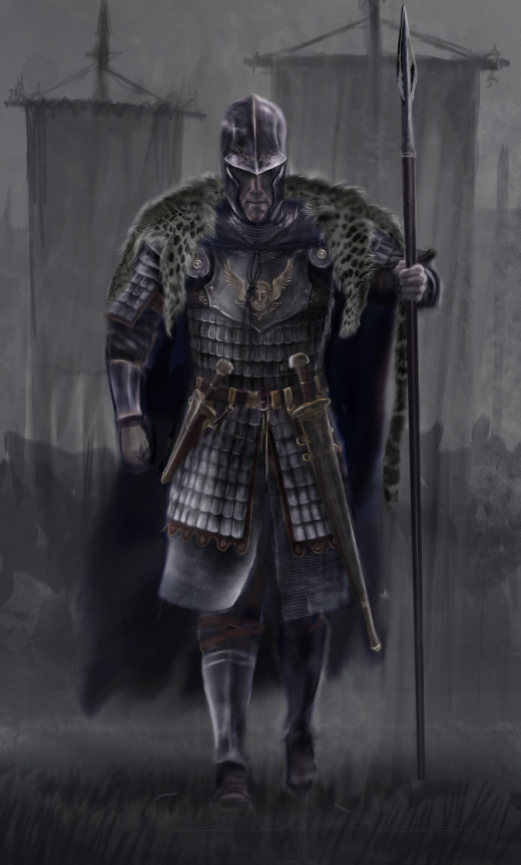
Das EkLachen was defeated at the spectacular land and sea battle of Nova Concord. Its White Gates were hewed down and scraped of its adamant leaf. The EkLachen and VolKernen were vassalised by the Nelqorana and forced to give annual tribute amounting to 50,000 ilidi, 50 bars of adamant, and 88 flakes of mithril.
Now joined in the Empire of Nelqora, the Northern Mountains were administered by a council of thirteen men, seven were Nelqorana and six were prominent natives chosen from across the Mountains. This was an age of peace and prosperity, and much infrastructure was built. But the Mountains of Das EkLachen (so named because the Nelqorana believed the Dwarrow of Das EkLachen to be the mightiest of the Elven race) was never a wealthy colony. Its administrative costs soon grew too heavy, and in 1501 Year of Nelqora the Nelqorana retreated from the northern portions of the mountains.
The Nelqorana remained in the southern parts, continuously building infrastructure in the Coastal Ovtrelands, Fjalktir, and in Northern Huraedon, but the rest of the Mountains were left to their own autonomy—though by now the Northern people had so mixed with the Nelqorana that they were now be called the Pol-Nelqorana, the After-Nelqorana.
The decay of Nelqorana authority in the North was long foreseen, and petty kings were already in civil conflict with each other. But when the Empire of Nelqora officially withdrew, the age of peace and prosperity that had long been puttering along saw its final end. Not many records exist of this era, the Northern Dark Age; for about 1000 years there was endless bickering and fighting, with no one getting the upper hand.
The Sundering of Nelqora went unnoticed by many in the North, who had by then become of peripheral importance to the Empire. But those in Northern Huraedon, the Coastal Ovtrelands, and the Fjalktir experienced the collapse of the greatest empire the world had yet seen. Their civilization suddenly crashed around them as vengeful Caládolhn wraiths, repressed populations, and greedy Nelqorana generals-turned-warlords all came like a flood into their lands and slew and conquered. The Warring Era lasted nearly a century, only settling down when a coalition was formed to defend against Hod the Great.
Das EkLachen, finally freed from the yoke the Nelqorana placed on it, began to expand across the overland. They dominated much of the western Mountains, and entered into a new age of prosperity.
Due to lack of written records in this period, the Mountains of Das EkLachen did not feature much in that portion of the history of Erub until 892 Year of Hod. But with the final collapse of Mother Huraedon, Bearer of Nations, the North came onto the scene like a storm.
This was the Age of the Wicing, the Pirate Age. A long warm period had caused a population boom in the mountains, and development in ship-making had produced the longship—able to sail up rivers and range across oceans. Brave men went on adventures to the south, searching for loot and plunder. They called on their Gods of the North, beckoning them to help them in their conquests. The Pol-Nelqorana conquered much land, settling in the Archine Peninsula, the Birin Promonotories, along the Pentos River, in the Island of Tete, and along the western coasts of Uulsan Torall, beginning a new age of knowledge and connection to the wider world. For not only was treasure brought back to the homeland, but also learned men, and holy men.
These men taught the heathen kings of the One True God, Vahan. The kings sought the favor of the powerful southern kings who believed in the Qallanist religion and eventually converted. Due to the hard work of missionaries such as Beg Trømsvon, and pious kings such as King Telligyan, by 1000 Year of Hod, the people had largely become integrated into the larger religious life of Qallanism.
In 18 Year of Huraedon, the Balkgar Union was established over much of the central lands of the Mountains, constituting of the kingdoms of Vewen, Polliiden. and Geatden. It was eventually broken by Geatden, which successfully vied for its independence.
The Crisis of the Huraedon Years began in 122 Year of Huraedon, with the schism of the Northern and Southern Qallanist Churches. It affected all the states of Erub, but the devastation was especially bad in the North because of the sudden Wraith Rebellion; the Caládolhn of years past were reappearing and killing those who had built settlements near their barrows—which was most major settlements. Also, coming from the east was a virulent plague that killed about half infected. Massive peasant uprisings rocked the northern kingdoms. The North would never recover, and even today its population is but a third of what it was prior to the Crisis.
With the collapse of almost any strong central government in the Northern Mountains, it was again an age of petty kings. Even Das EkLachen was forced to fully retreat behind its Gates, leaving the overlands forever. Though their interfaces with the world were not totally shut down. In 580 Year of Huraedon they would sign the Das Concord with the Belchara of the Western Mountains.
This state changed in 689 Year of Huraedon, with the advent of the Blood Wars. A series of alliances caused most of Erub to fall into war. Lasting over a hundred years, for the most part the North wasn't part of the conflict. That is, until the city-state of Jelum rediscovered fragments of Nelqorana glasspaper dictating the principles of Magic: the Summa Formilia.
Marching from its white walls, Jelum conquered all of what is now Juraedon Proper. In a decade, Huraedon was conquered: the Glorious and Eternal Empire of Juraedon was established, and she reclaimed the Imperial Mantle of Nelqora. A new age of glory and peace was begun.
Unfortunantly, at the same time during the Blood Wars, Gaorung the Great Deciever had begun his centuries long plan to destroy the Dwarrow of the Das. It was a success; the Halls of Das EkLachen were broken and its people scattered. The EkLachen fled towards the southern halls of Das Belchara, where they met their later total destruction. The VolKernen fled to the wilderness of the Mountains, and prospered somewhat in the rooms of their Homely Houses.
Nevertheless, for the most part the North has prospered under the Empire of Juraedon. The Pol-Nelqorana are cousins to the Juraedonites, and so are treated well. And, hopefully, this time the peace will last.

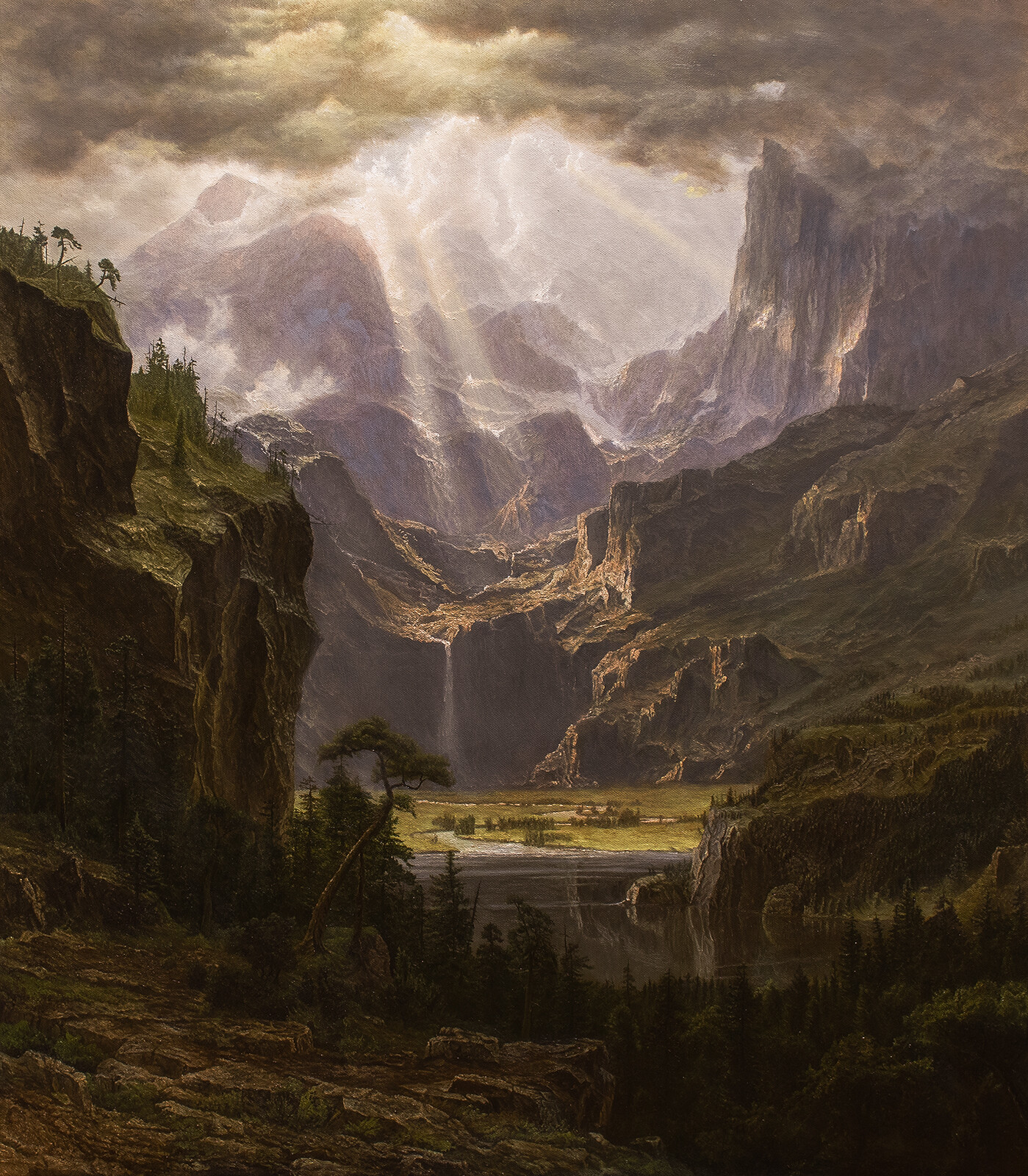
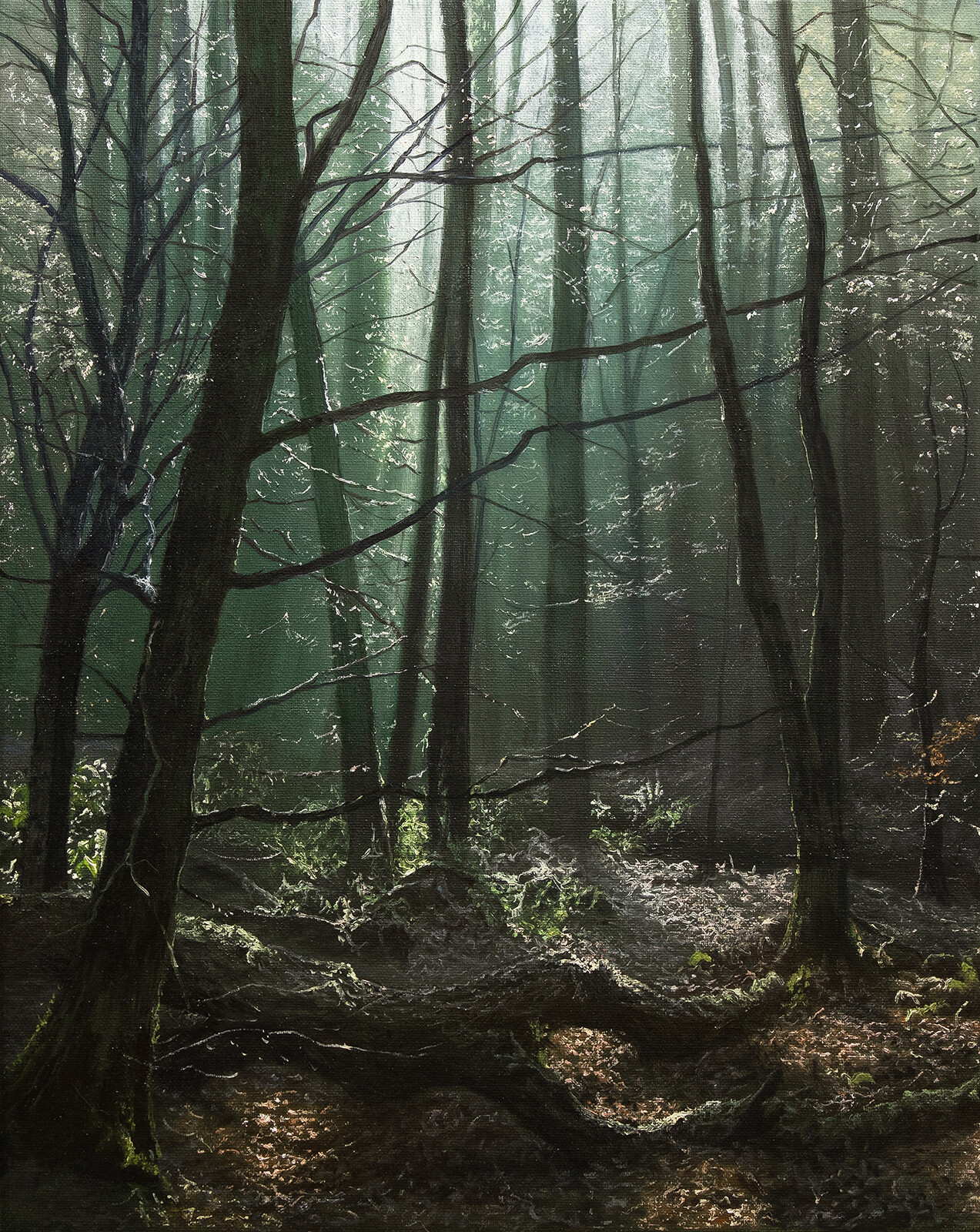

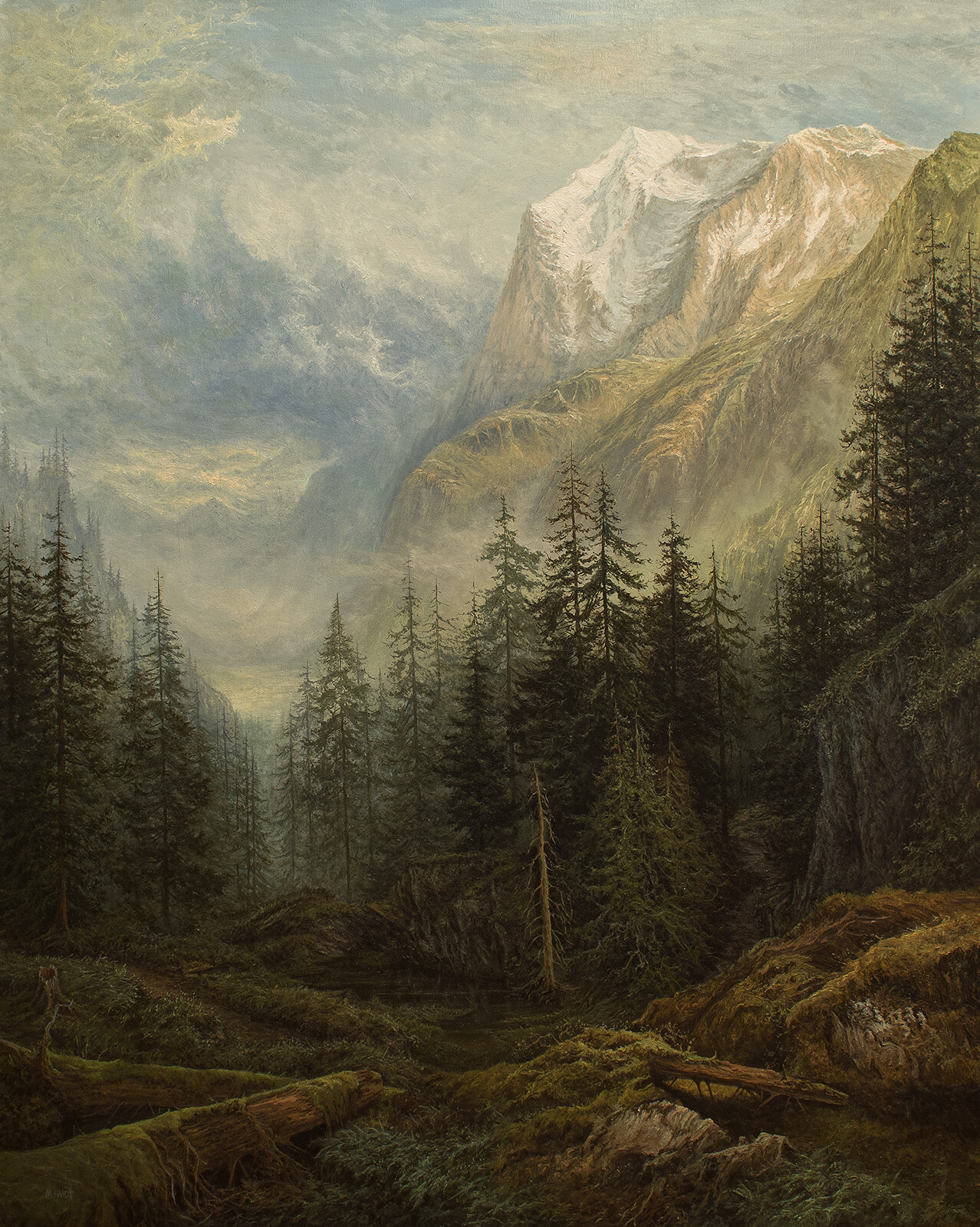
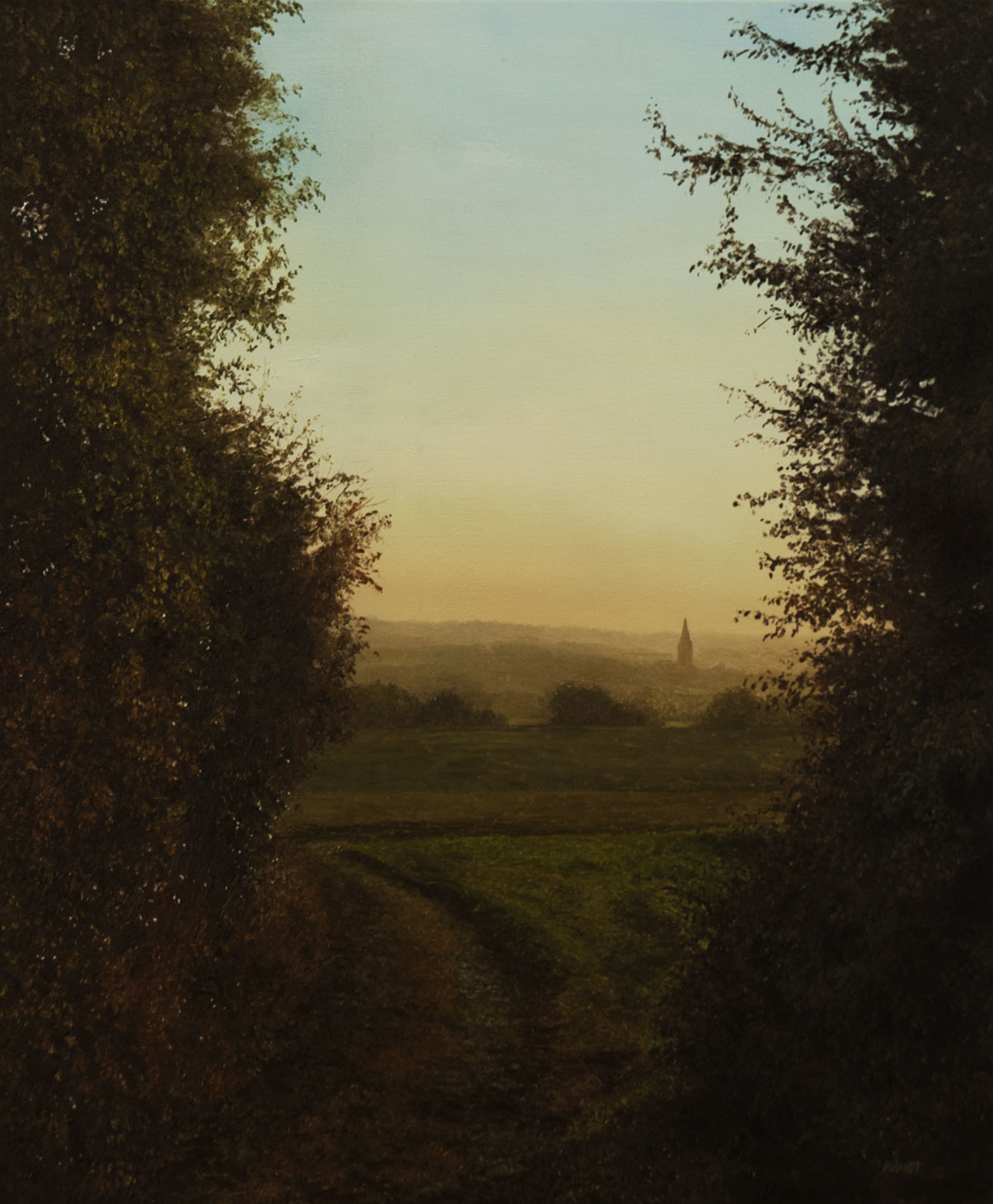

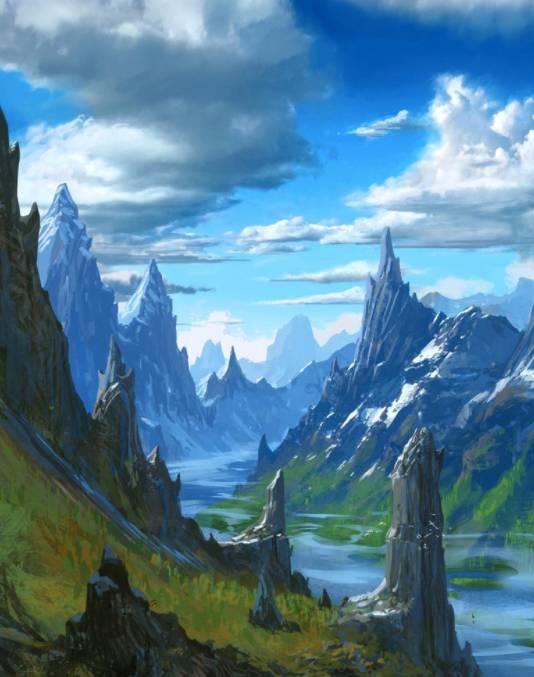
Comments